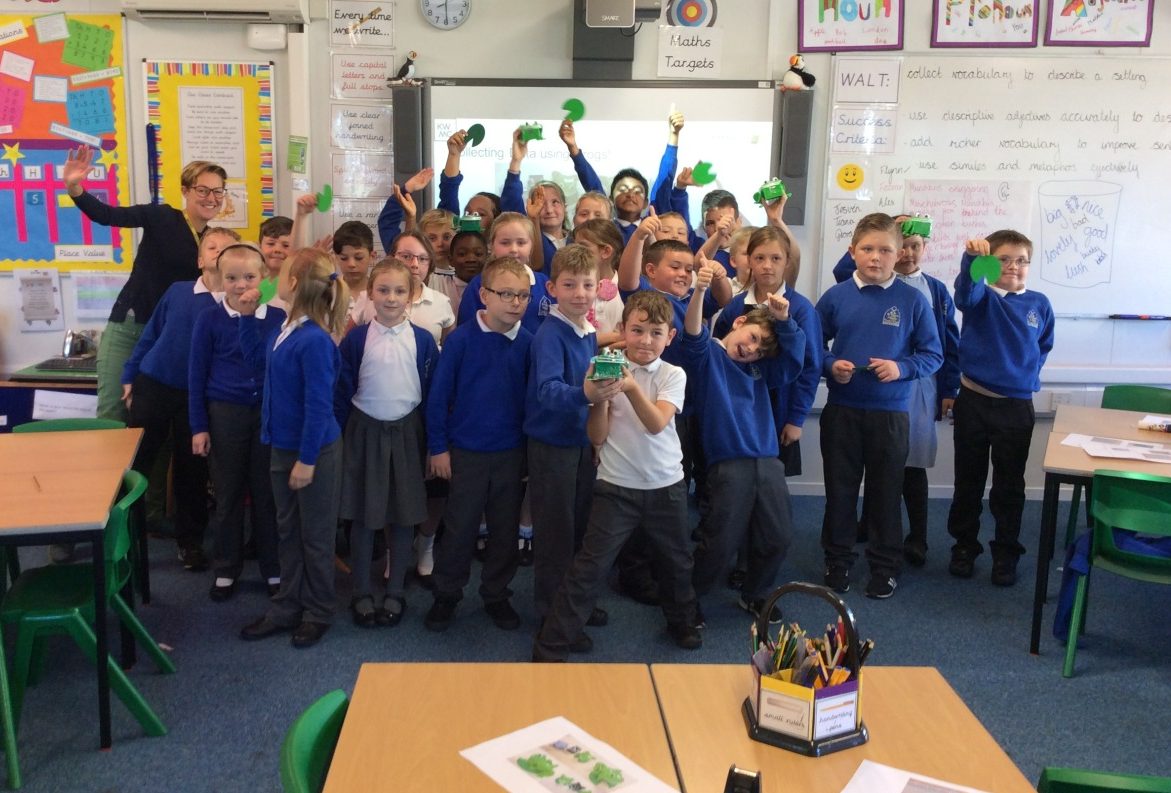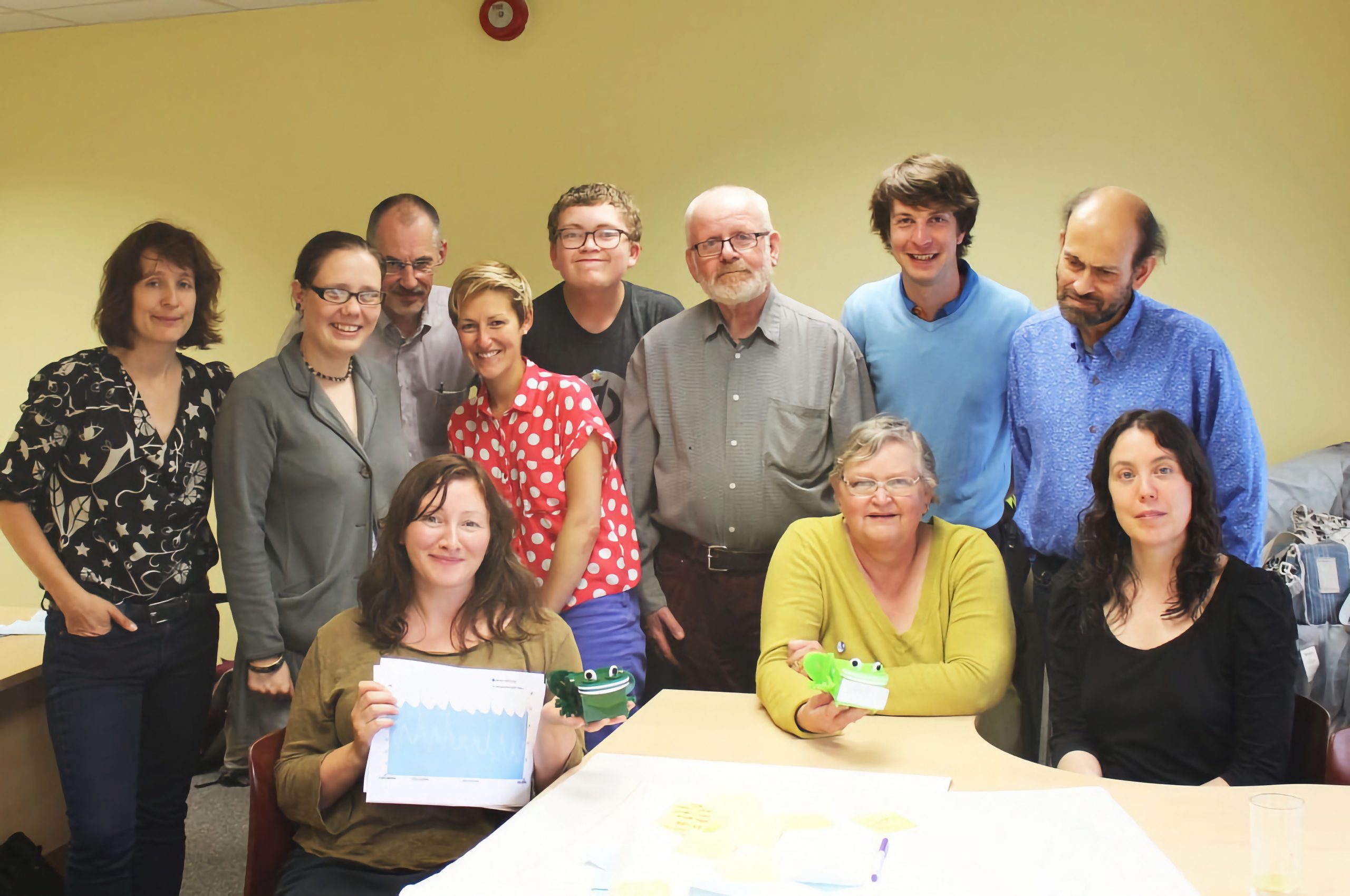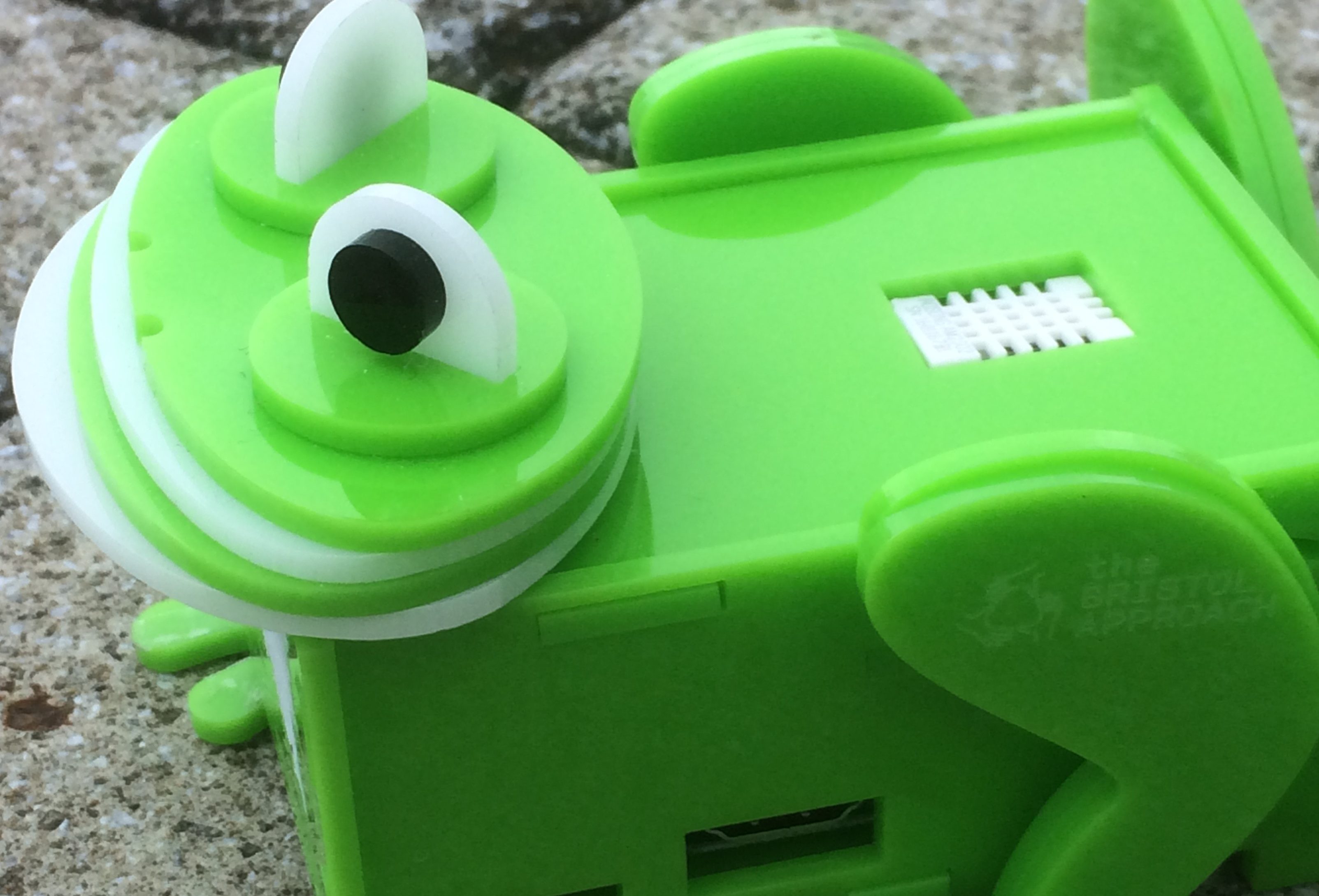Damp Homes
![]()
Damp homes are a major problem in Bristol and across the UK, negatively impacting physical health and mental wellbeing. This pilot project brought people across Bristol together to create new community-led solutions to damp homes. Together they tackled the issue using a mix of sensing technology, community know-how and existing open-source resources.
This project was led by Knowle West Media Centre (KWMC), an arts organisation and charity that supports people to make positive changes in their lives and communities by using the power of digital technology and the arts.
Identifying
Over a three-month period in 2015, KWMC undertook a city-wide ‘network analysis’. This was supported by artists who initiated conversations in ‘hotspots’ where people regularly gather – from hairdressers to chip shops – to discover the issues that people most cared about.
They discovered that over 30% of homes in Bristol were affected by damp and mould, which was impacting people’s mental and physical health. Individuals told KWMC they felt that local authorities and landlords often ignored the problem, leaving them without solutions.
The World Health Organisation recognises that exposure to damp leads to an increase in respiratory symptoms, allergies and asthma, as well as disturbing the immune system. Preventing (or minimising) persistent dampness and microbial growth on interior surfaces and building structures is the most important way to avoid harmful effects on health.
Framing
KWMC began by gathering people with shared interests in wanting to solve damp homes and/or wanting to create change through co-design and technology. They united people using a mix of personal invites, visits to specific groups, social media posts, and the artist commission listening to people on the streets.
In the end, the project involved university researchers, businesses, hackers, open data specialists, artists, architects, investors, charities, housing associations, city council representatives and more…
To begin identifying potential solutions, everyone came together for regular self-organised meetings and attended a range of practical workshops facilitated by artists and creative technologists, including ‘hack-days’ and making sessions.
“I enjoyed working with people from different backgrounds. There were designers, there were people who work in housing, there were artists, there were students. That was an interesting experience because we all brought something different to the discussion”.
workshop participant
Designing
Through co-design workshops, the group designed a ‘damp busting’ system which included sensing technology, community know-how and existing open-source resources.
A prototype frog-cased sensor (because frogs don’t mind the damp!) was created by the group and the KWMC Factory to gather temperature and humidity data in homes affected by damp. The sensor sat on a paper lily pad which acted as a ‘data diary’ for people to record their own human-data notes, for example ‘did lots of washing’.
An online mapping tool was also created so people could record the damp and mould in their home. It was built using open-source software and tested by residents, community groups and damp experts.
People of all ages were involved in the design, including a group of school students who came up with ideas for how the frog could look. Throughout the co-creation process, KWMC ensured everyone could get involved no matter their skill level. This included factoring in time to develop skills, embracing imperfection, and keeping the whole process open and transparent.
Testing
People responded well to the frog-cased sensor prototypes (‘Frogboxes’) and were excited to try them out for themselves.
The Frogboxes were tested for two weeks in people’s homes . They were trained to understand how the technology worked and which data was collected. They also signed a data agreement that was co-created with other members.
A key learning from the testing phase was to not be worried about having everything complete before testing it out.
“The Bristol Approach is interesting because it is not just a matter of getting the technology right – it’s taking a much more holistic approach to gathering data and using it”.
workshop participant
Sharing
After testing out the Frogboxes, KWMC held an evaluation dinner where participants shared the data collected and discussed how they could make the data meaningful and easily understandable.
This led to a ‘hack-day’ with data enthusiasts, damp experts, researchers, designers and citizens to discover how visualizing and mapping data when sharing it could increase understanding of the issue and enthusiasm to tackle it.
To share the learnings more widely, the group developed a learning programme for schools, including how to make Frogbox sensors, how to read and visualize data, and what data privacy means. It mattered a lot to people where their data was going and who it was shared with. They were far more likely to share their data if it directly benefited their community.
The Centre for Sustainable Energy (CSE) also trained a team of volunteers to become ‘community damp-busters’. They are now a knowledgeable local team who can share their skills with their neighbours.
These resources have all been shared in line with The Bristol Approach’s commitment to creating a new ‘city commons’. This means that these resources are all open-source under a collective agreement of how we will use these resources for the common good.
Reflecting
The project successfully developed a range of shared resources to empower communities to tackle the issue of damp homes. The data gathered using the Frogboxes and online data mapping tool enabled people to visualise the size of the problem and its correlation with health, house prices and habits at home.
People who were part of the project learned new skills and developed greater understanding of hardware, software and data visualisation. They formed a wider network which helped them to feel more included in solution making. Local partnerships and communication channels were essential to this, as they were able to build on existing relationships with residents.
The project enabled further investment at a city level to make citizen sensing infrastructure more accessible. Groundwork was also laid for future partnerships and collaborations between citizens, charities, universities, community organisations and more.
A key learning of the project was to focus on people rather than technology. KWMC achieved this by demystifying technical terminology and delaying the introduction of technology. This creates an environment of transparency and inclusivity where everyone is valued for their different knowledge and a whole range of skills are embraced.
For more information, check out the Bristol Approach in action booklet and Portrait Resource.













